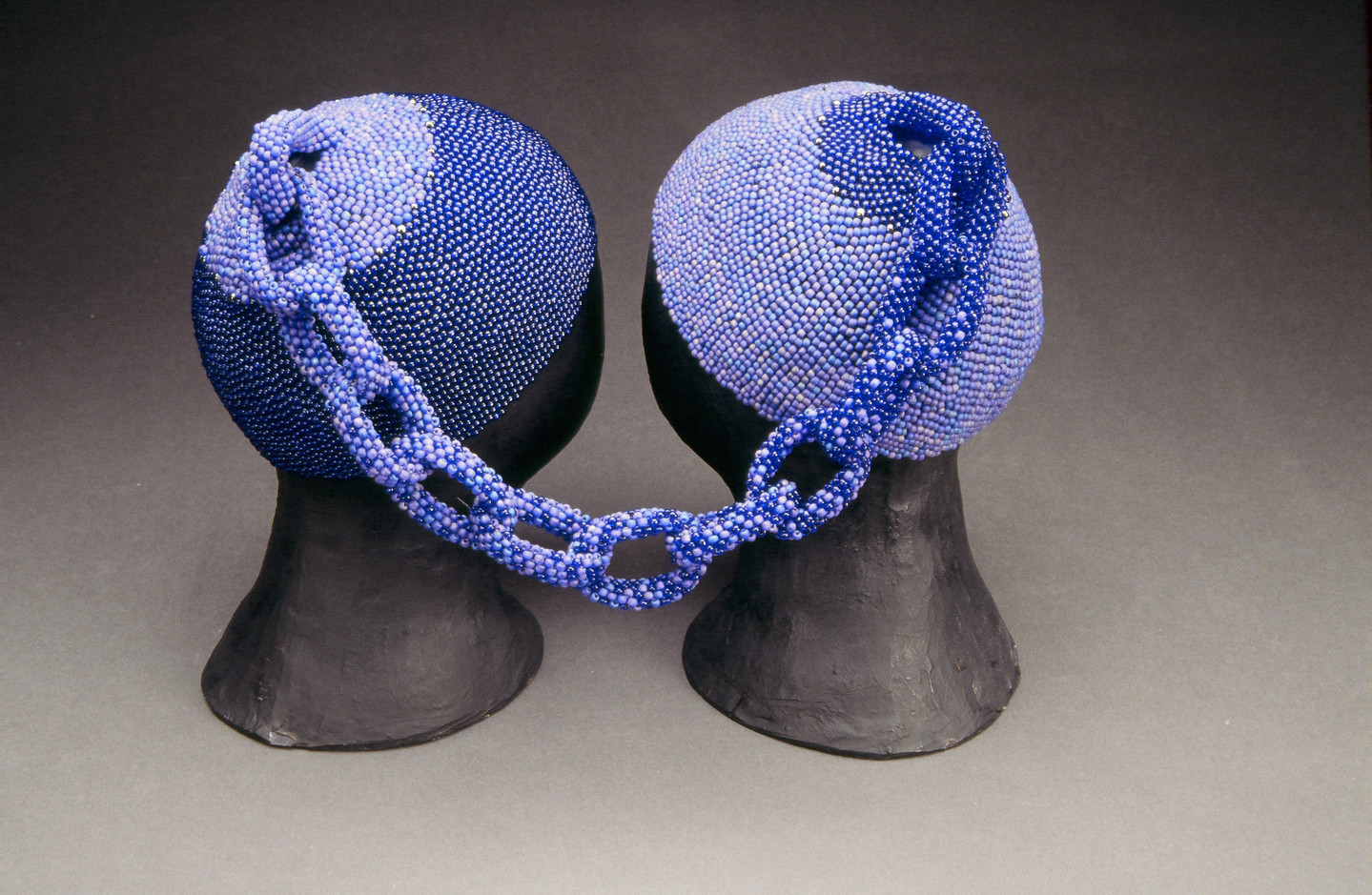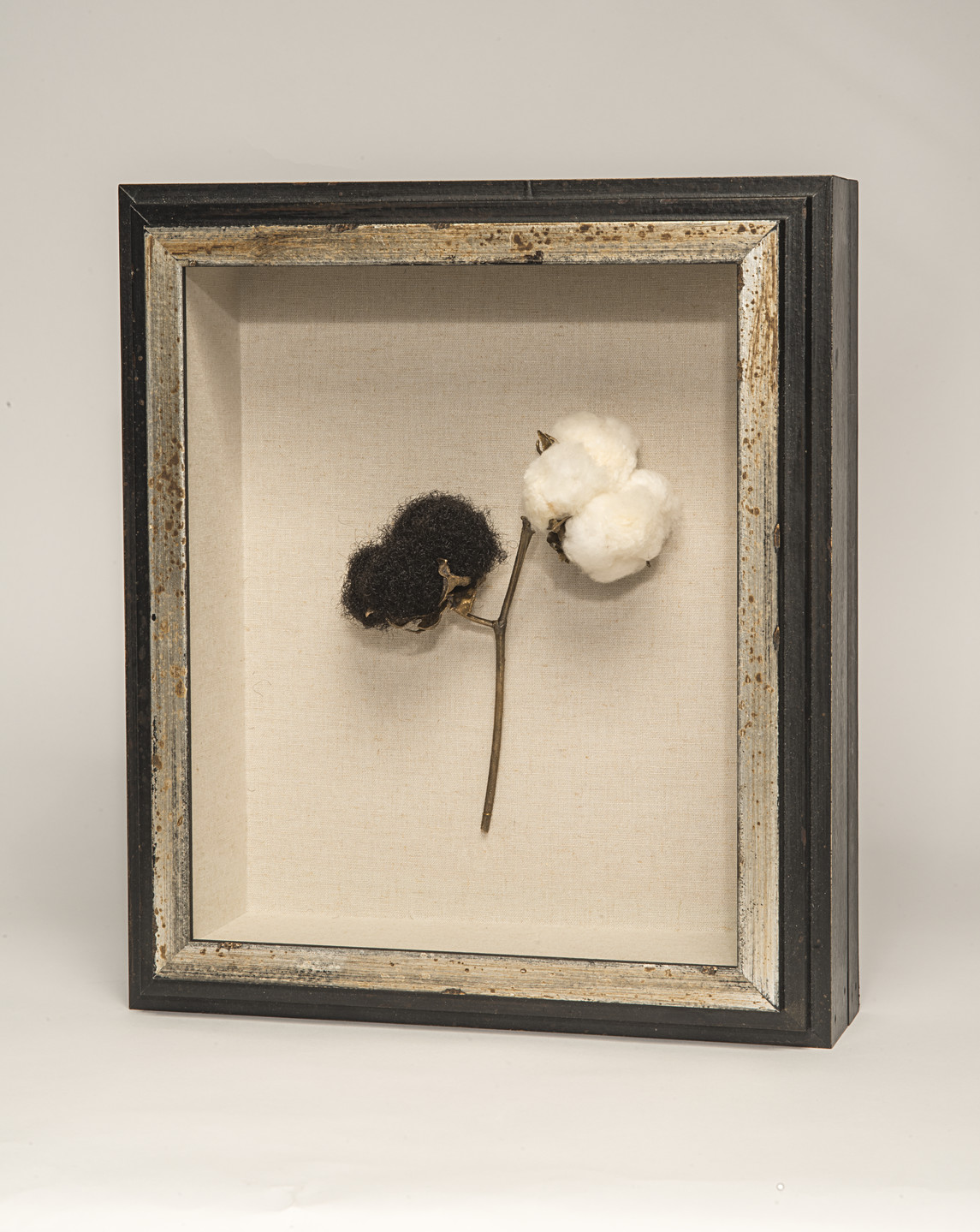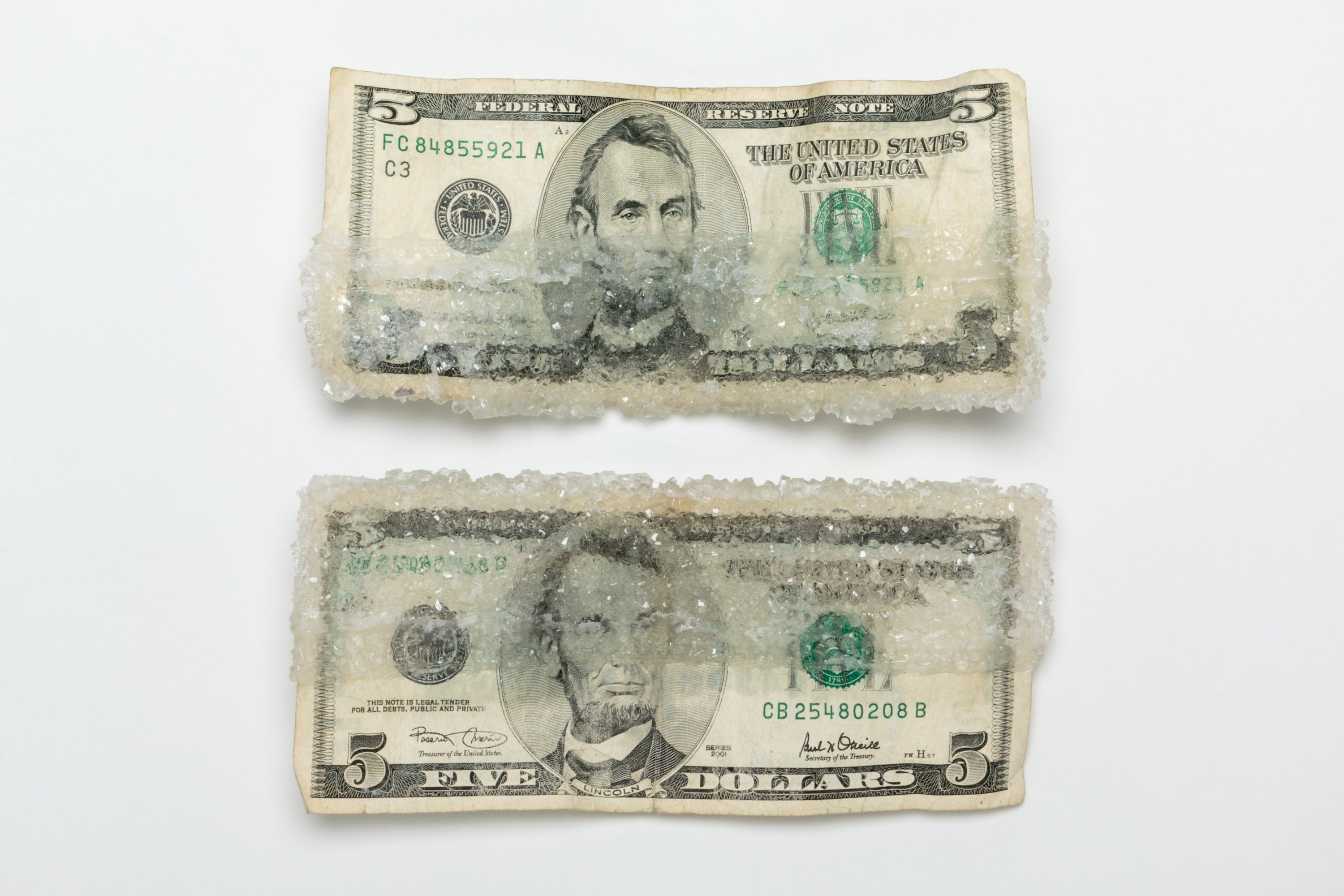Impress your friends with five fast facts about the materials that matter to Sonya Clark (b. 1967). Perhaps best known for incorporating Black hair into her works, Clark also makes use of a variety of other materials. For her, found objects hold history and convey context, thereby enriching the meaning of her art.
Clark’s midcareer survey, Tatter, Bristle, and Mend, is on view at NMWA through June 27.

1. Beads
Beads fascinate Clark because of their use across time and cultures for a multitude of purposes, including prayer, play, trade, and ornamentation. In the artist’s hands, humble glass seed beads transform into significant reminders of the universals of humanity—our shared genetic makeup, quest for connection, and celebration of creativity.
2. Combs
Clark uses fine-tooth combs, originally made for white hair, in unexpected ways. She teases out conversations about “hair culture, race politics, and antiquated notions of good hair and bad hair.” Clark reinvents combs as looms for woven patterns and phrases; meandering tendrils; sculptural curls; and larger-than-life portraits to honor Black experience and figures like Madam C. J. Walker and Ntozake Shange.

3. Cotton
Cotton appears in many forms in Clark’s work—as pods, bolls, thread, U.S. $5 bills (which are 75% cotton and 25% linen), and even Confederate battle flags. By using the material in its natural and processed states, Clark references cotton as a commodity, specifically a cash crop fueled by slavery and sharecropping, and highlights its cost on human lives.

4. Sugar
Clark transforms this ubiquitous ingredient into eye-catching flowers, gemstones, and sweet accretions on U.S. currency. Once lured in, viewers must confront the ugly truths of “white gold,” including colonialism, the Middle Passage, and enslaved labor. Kara Walker (b. 1969) addressed sugar’s unsettling history in her 2014 installation A Subtlety, or the Marvelous Sugar Baby.

5. Words
Language plays a key role in Clark’s work. Words often appear in her compositions, sometimes on found objects that she recontextualizes, sometimes as quotes said by those she admires. Other works illuminate racism engrained in language and the privileges of literacy and freedom. Titles such as Reach, Unraveling, and Unraveled imply action and agency.
